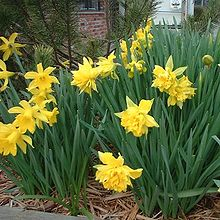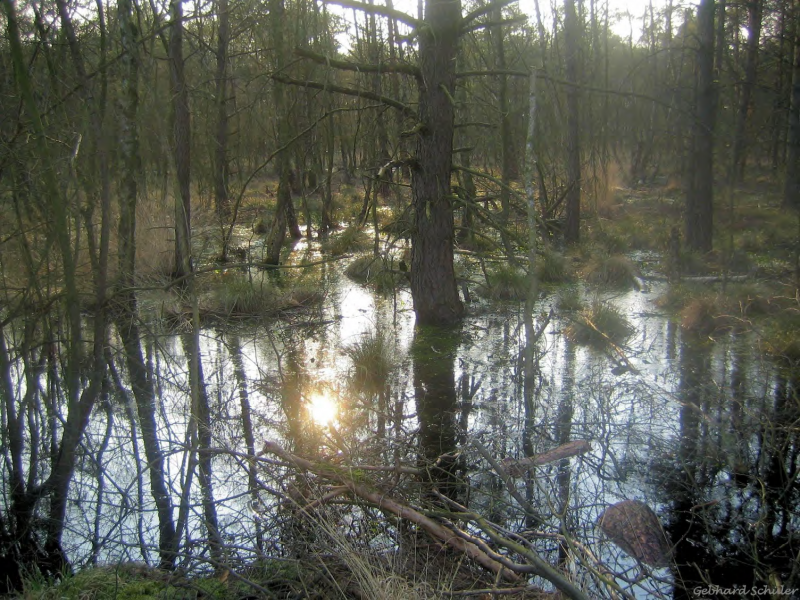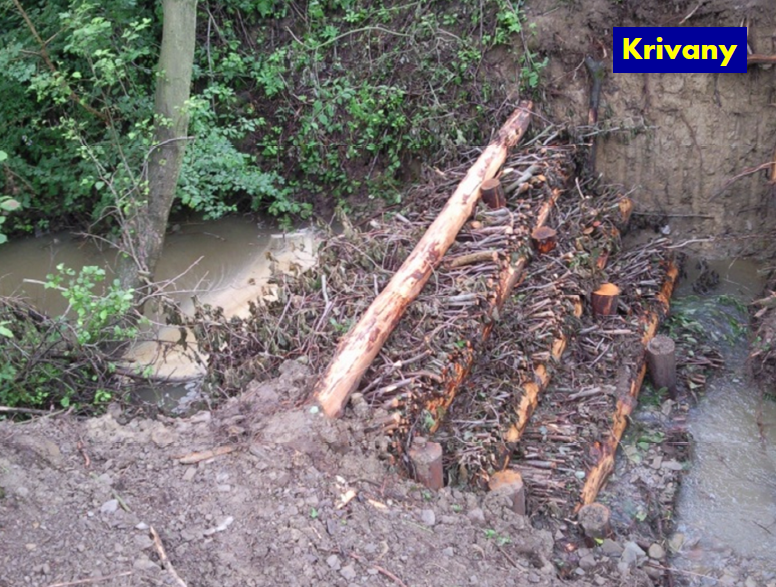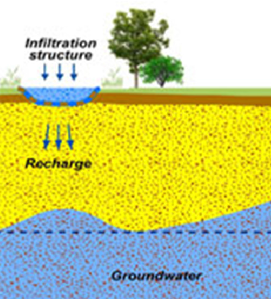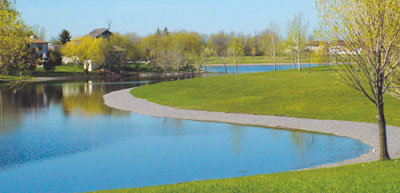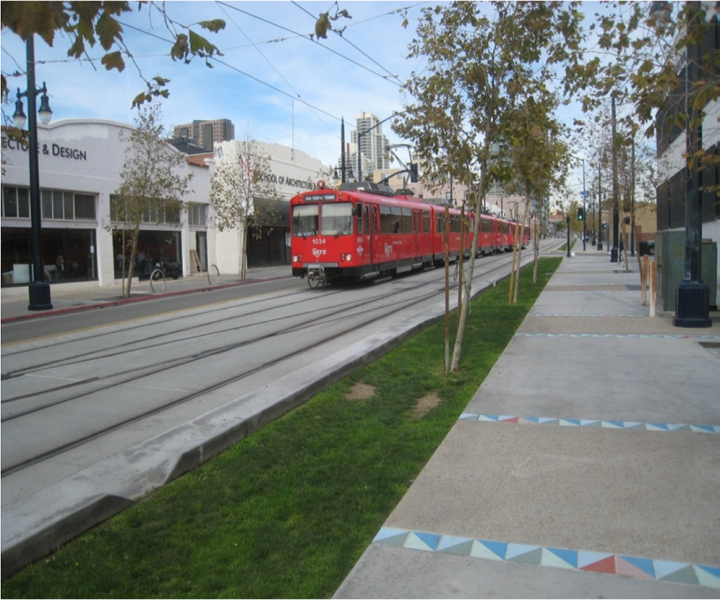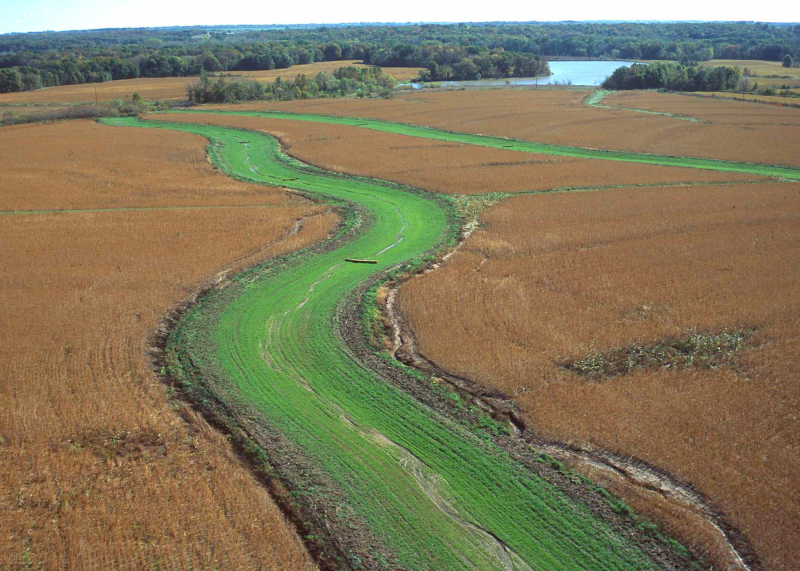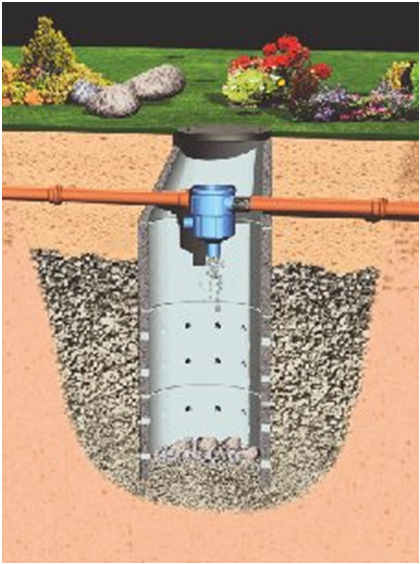Other sector(s)
Agriculture
Hydro Morphology
The complete description of the NWRM
Summary
Off road driving has potentially severe negative consequences for water quality. Some of these damages can be minimized or mitigated if drivers of vehicles exercise a few simple precautions. Avoiding driving in wet areas whenever possible will limit soil compaction and rutting. Rutting can concentrate flow paths and lead to increased erosion. In colder regions of Europe, driving on frozen soils will also reduce the potential for compaction...
Possible benefits with level
| Benefits |
Level |
|
BP2 - Slow runoff
|
Low
|
|
BP6 - Increase infiltration and/or groundwater recharge
|
Low
|
|
BP7 - Increase soil water retention
|
Low
|
|
BP8 - Reduce pollutant sources
|
High
|
|
BP9 - Intercept pollution pathways
|
Medium
|
|
BP10 - Reduce erosion and/or sediment delivery
|
High
|
|
BP11 - Improve soils
|
Low
|
|
BP17 - Absorb and/or retain CO2
|
Low
|
|
ES2 - Fish stocks and recruiting
|
High
|
|
ES4 - Biodiversity preservation
|
High
|
|
ES7 - Flood risk reduction
|
Low
|
|
ES8 - Erosion/sediment control
|
High
|
|
ES9 - Filtration of pollutants
|
Medium
|
|
ES11 - Aesthetic/cultural value
|
Medium
|
|
PO1 - Improving status of biology quality elements
|
Medium
|
|
PO2 - Improving status of physico-chemical quality elements
|
Medium
|
|
PO4 - Improving chemical status and priority substances
|
Medium
|
|
PO7 - Prevent surface water status deterioration
|
High
|
|
PO8 - Prevent groundwater status deterioration
|
Medium
|
|
PO9 - Take adequate and co-ordinated measures to reduce flood risks
|
Low
|
|
PO10 - Protection of important habitats
|
Low
|
|
PO11 - Better protection for ecosystems and more use of Green Infrastructure
|
Low
|
|
PO12 - More sustainable agriculture and forestry
|
High
|
|
PO13 - Better management of fish stocks
|
Medium
|
|
PO14 - Prevention of biodiversity loss
|
Low
|

